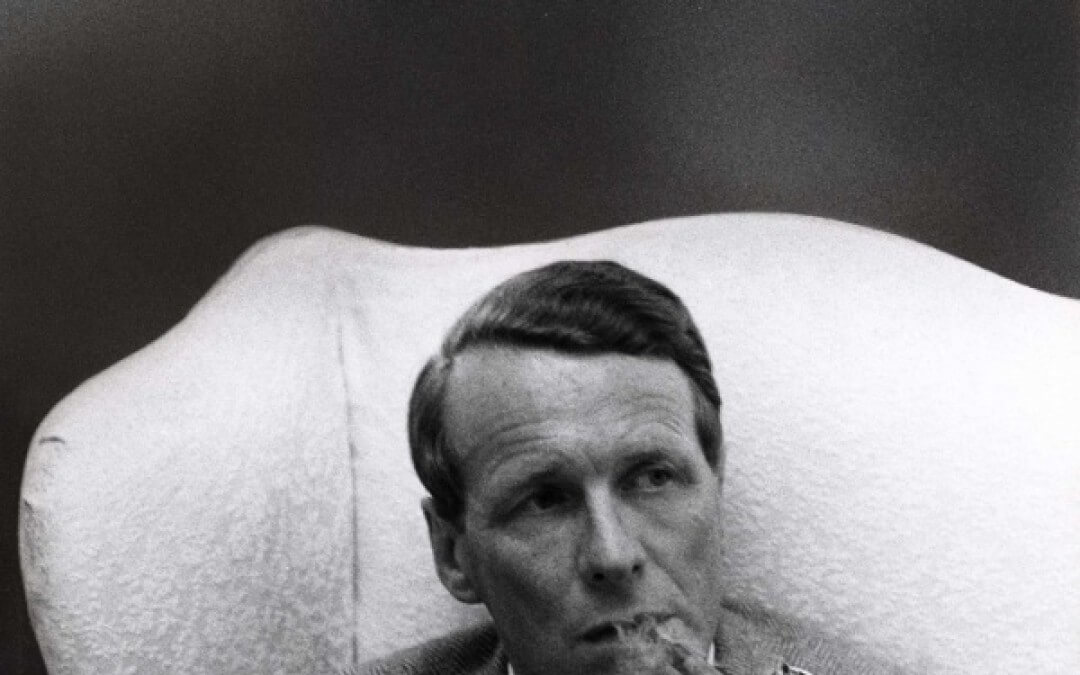Blog

Is Your Mindful Leadership Instinct Unnaturally Suppressed?
Some thoughts on mindful leadership from Emotional Business by Ravi Rao: “Individual leaders also face a false dichotomy to forge their identity as a rigorous, results-oriented tyrant or be a nurturing, naive softy who doesn’t meet targets. In some settings, an individual leader is perceived as powerful and effectual only if she is unemotional.” “Contrary to the expectation that leaders can emulate machines, positions of power are actually centers of intense emotional experience; responsibility, loyalty, and trust are profound concerns in the mind of a leader. Nonetheless, the business...
Read more >
Before You Ask What Your Employees Want, Consider What They’ve Already Lost
“Employee loyalty and expectations have changed as pensions and nice retirement packages have disappeared.” @smaxbrown Before you complain about the morale of your staff, consider the massive change the employee market has undertaken over recent years. Job security is a dream of the past. A cozy retirement is assured for only a very few. For many, even the task of finding a job is a threatening and demeaning experience. Add to this the growing angst about the overall economy, the dysfunctional infighting within government and the increasing concerns for the health of our planet. Of course,...
Read more >
Leaders! It’s Time to Let Go and Move On
We cling to traditional ideas and ways of being because they bring a certain level of comfort to us. As the environment around us becomes more turbulent and threatening, we tend to revert even further into the known and comfortable worlds we inhabit. We do this even though there is no evidence that “staying put” and “holding on” will make our situations any better. Indeed, we simply keep falling further and further behind, feel weaker and weaker, and lose more and more. One reason we fall into this trap is that we often focus on the wrong things. Consider these excerpts from Umair Haque’s...
Read more >
When the “Brand Department” Inhibits the Brand
We recently spoke with someone who works for a well-known company in the telecommunications industry. Our friend was bemoaning the internal battle going on between the “brand” team and the “product marketing” team. It seems the brand team was trying to take more and more tasks from the product marketing team so as to “align them to the brand”. Sounds to us like the brand team should be spending more time making sure everyone in the company – including the product marketing team – is aligned to the brand. That way, the actions of the product marketing team and indeed those of every employee...
Read more >
The Bigger Question
Putting aside the polarizing views from what Apple announced today at WWDC 2013, flat vs. skeuomorphic…Who cares? That’s another discussion, for another day, on another blog. Apple made me feel a few things today. At first, a sense of huge disillusionment over the future of the aesthetic design world around me with their new approach to the iOS look and feel. This maybe an over reaction, and it was short lived when I saw this video. From this video was my second reaction, a sense of pride in who I work for and the industry I am in. I think this is the best ad I’ve seen from Apple....
Read more >
The Iceberg, Not the Sailboat
Sustainability reporting is harder than it looks. Companies new to reporting often pick up the reports of competitors, suppliers, or customers and think, “Well, that’s not rocket science. We already have a corporate brochure and a website. We’ll just add some ‘sustainability facts’ to that stuff and we’re good to go.” Then they produce a report that looks like a corporate brochure mashed up with a website and a data dump, and they wonder why no one is impressed. The reality is that good sustainability reports are icebergs: you can’t see three-fourths of what goes into them until you get up...
Read more >
In Turbulent Times, Brands With Creative Thinkers Thrive
I came across an article on FastCompany.com that posted that modern business should look for people who are better able to deal with ambiguity, know the value of learning through failure, and who can think creatively. So, out with the MBA and in with the MFA (Master of Fine Arts). I graduated with a fine arts degree from NYU. Since that time I’ve been a “creative” in the advertising/branding field. But that job description doesn’t really capture all that I do when dealing with clients and their business and branding issues. This does: “Many people see artists as...
Read more >
Your Audience of One
Know your audience. In Western culture, this instruction starts with Aristotle, mainly. Living in a time when public speaking decided the fate of nations, he figured out that the most logical argument didn’t always win. More often, the winning argument came from the person who knew the audience best, and played on its ideas and emotions most persuasively. Fast forward 23 centuries or so, and it’s still true. Whenever we start a project for a client, the first question is, “Who’s in the audience?” For most projects, the answer is simple. It’s employees, or customers, or investors. Once we...
Read more >
Moving From Business-centric Outputs to People-focused Outcomes
Outcomes are the benefit your customers receive from your stuff. This starts with truly understanding your customers’ needs—their challenges, issues, constraints, priorities—by walking in their shoes and in their neighborhoods, businesses, and cultures. See what’s inconvenient, taking a lot of time, money, and/or effort. Your customers are too busy to plan, shop for, and cook healthy meals. What if you made a healthy, reasonably priced, fast-cooking meal so a family could eat better? Create a solution that your customers can sustain, and you enable life-changing outcomes, big and...
Read more >
Here Is How I See Our Culture – David Ogilvy
I worked for Ogilvy and Mather for nine years. At the beginning of my time there, it was still a privately-held company – though within a few years of my tenure, it was absorbed (and changed forever) by WPP. I came across this piece written by David Ogilvy (whom I had the pleasure of meeting once), about the culture of Ogilvy back in the day. I think all leaders should use it as a culture check-list for their companies. From The Unpublished David Ogilvy. Here is how I see our culture. A NICE PLACE TO WORK Some of our people spend their entire working lives in our agency. We do our damnedest...
Read more >
Interview Your People
It’s the corporate dance that never ends. Management sees the need for change – in strategy, values, brand or execution. The change will succeed only if employees embrace it. Management struggles to engage and inspire employees with the change, which takes longer and costs more than anyone wanted. Repeat. Human nature plays a role in the dance, by making people leery of anything that pulls them out of their comfort zone. This goes double when people have been through the dance before and seen it bungled. Yet for some reason, management and their consultants seem bent on ignoring human nature...
Read more >
When Your Brand Needs Foci, Not Focus
Brand strategies strive for focus. As such, most brand strategies are customer-centric. And while there may be a certain logic to that (after all, where would your brand be without customers?), customer-centric brand approaches can backfire. To illustrate this point, think of any brand that has a positive, upbeat “brand campaign” and either me-too products, miserable employees, or horrible customer service. By embracing a broader, more holistic view of your brand, you start to see how your brand’s success relies on numerous interdependent factors. The quest, in my opinion,...
Read more >
“We Don’t See Things as They Are, We See Them as We are.” – Anaïs Nin
Sage advice for brands that are failing to reach their targets. How well is your brand connecting with the people who are important to your brand, both inside and out? Is your brand working out from itself, or out from the needs, interests, values and aspirations of people? Bringing empathy to your brand approach changes everything. Seeing things from another perspective opens up new opportunities. Putting people first leads them to putting your brand first. Photo Credit...
Read more >
How Clear Is Your Business Vision to the People on the Ground?
In the hallowed halls of the C-Suite, your business vision seems clear. But down on the street, in the halls, in the meeting rooms, in the labs, in the factories, in the warehouses, at the desks, and around the water cooler, your vision is hard to see. What else would explain why your organization is failing to keep up with the competition, why customers are going elsewhere, why it is getting harder and harder to hire good people, and why investors are starting to fidget? What can you do to make your vision crystal clear – and actionable? It could be that your “C-Suite ready”...
Read more >
From USP’s to Shared Beliefs: The Next Stage of Branding
Jim Signorelli is the author of “StoryBranding”. I love the way he makes the distinction between the classic marketing idea of “unique selling proposition” and the modern meaningful branding concept, “unique value proposition”. USP’s (a “plot line” in StoryBranding) We often refer to plot lines as brag lines, simply because that is what they do. They express the brand’s “how so?” more than its “what about it?” Plot lines are more a manifestation of the brand’s opinion of itself. As such, they lack the believability...
Read more >
